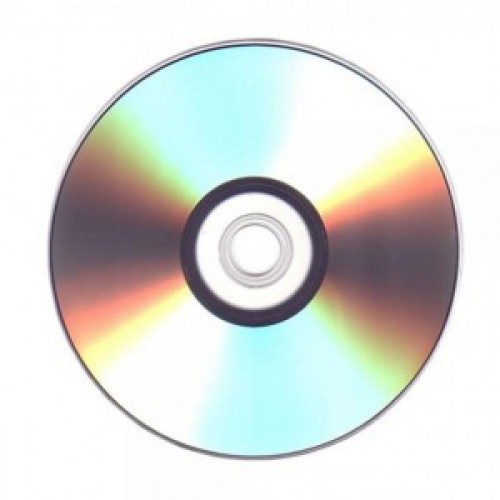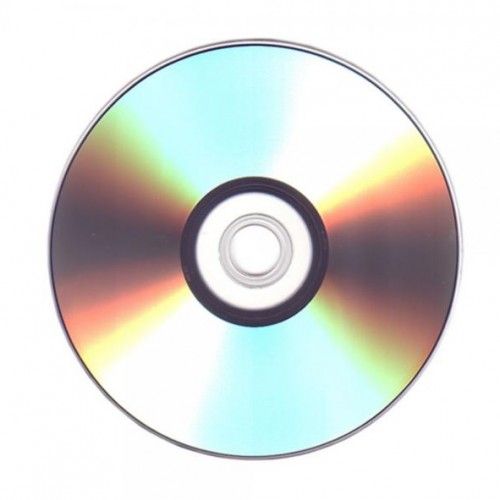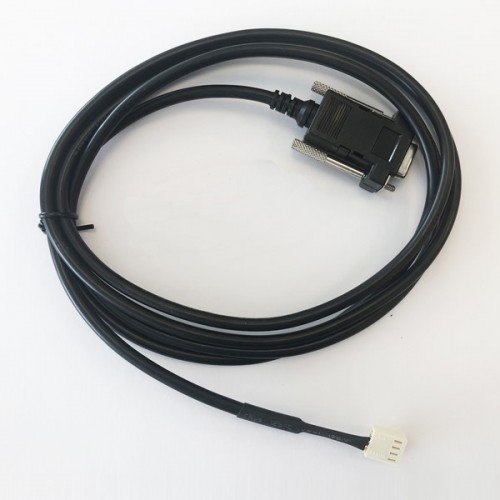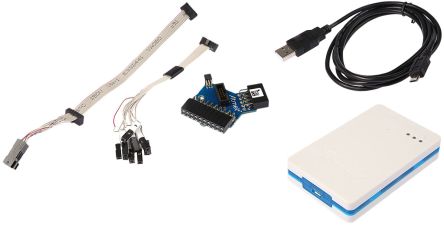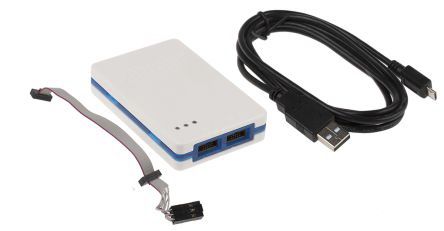
Brand
- M&S Collection 125.542
- Rhodes + Scholes 96.629
- Sandvik Coromant 49.481
- ELESA 39.987
- Adrial 37.461
- Portwest 36.377
- Mascot 31.997
- Slingsby 27.920
- VELUX 25.265
- Routledge 23.737
- TopVue 22.839
- MTP Products 21.728
- Blaklader 21.575
- EUROKRAFTpro 19.801
- Fruit Of The Loom 18.983
- Gemini Interiors 18.331
- Nobody's Child 17.958
- Russell 17.527
- Maroxe 17.047
- Sealey 16.981
- Gildan 16.907
- Johnson & Johnson 14.846
- Alcon 14.737
- Kustom Kit 13.708
- BOSS 13.585
- Autograph 13.559
- Moon Magic 13.505
- Ergomat 12.846
- White Stuff 12.613
- Lyle & Scott 12.539
- Nike 12.523
- Regatta Professional 12.282
- Result 12.085
- ECCO 11.861
- Air Jordan 10.879
- Life Essentials 10.744
- Dams 10.372
- Festo 10.351
- Premier 9.780
- Kennedy 9.762
- Stanley 9.662
- CooperVision 9.122
- KENZO KIDS 8.953
- Schneider Electric 8.592
- 3M 8.558
- Impulse 8.516
- ORN 8.245
- Sid & Sam 8.164
- TIMCO 7.923
- Carpe Diem Beds 7.911
- Style and Chic 7.880
- Pour Moi 7.837
- Beeswift 7.692
- Merkel Designers 7.677
- Monsoon 7.635
- TE Connectivity 7.596
- FatFace 7.562
- Unbeatable Bargains 7.532
- B&C 7.519
- Tyrell & Tyrell 7.481
- Kennametal 7.369
- The Home Maker 7.234
- SOL'S 7.233
- Seasalt Cornwall 7.163
- Qualfast 7.150
- Wonders 7.040
- Direct Imports 7.031
- All Things Good 7.009
- Discount Dealers 6.951
- Millennium Furniture 6.935
- R and M Furniture 6.920
- Casper Homes 6.914
- Regatta 6.895
- SHINEANDGLORY 6.727
- Walter 6.695
- adidas 6.687
- Zoro Select 6.671
- Merlin Deals 6.631
- Prestigious Textiles 6.534
- Decor Base 6.453
- Brittle & Co 6.314
- Design Hut 6.201
- Carl Roth 6.173
- Dunlop 6.138
- Body by M&S 6.106
- Dormer 6.085
- Guhring 6.011
- Watco 5.989
- Bausch & Lomb 5.973
- B&C Collection 5.944
- Native Spirit 5.829
- C&P 5.757
- Finery London 5.740
- Vale 5.702
- CRC Press 5.652
- Medway 5.644
- SOSANDAR 5.639
- Ace & K 5.615
- Crew Clothing 5.607
- Co 5.577
Colour
- Black 185.610
- black 91.065
- White 77.040
- Blue 58.418
- white 39.864
- Grey 36.206
- Navy 34.167
- Brown 30.406
- Pink 29.604
- Green 29.444
Size
- XL 64.039
- 2XL 43.193
- S 39.861
- M 39.468
- L 38.051
- Medium 36.305
- Large 36.093
- Small 35.230
- 3XL 30.361
- XS 30.111
Gender
Merchant
- Zoro UK 1.139.093
- Marks & Spencer UK 357.637
- Home Done 181.553
- Alensa.co.uk 133.116
- Zoro UK Limited 113.865
- RS Components UK 78.462
- Glisshop uk 77.994
- Workwear Supermarket 68.760
- LuisaViaRoma.com 64.294
- Kids around 59.584
- Maroxe 45.832
- AndLight.co.uk 39.211
- Kick Game 36.320
- MyTrendyPhone.co.uk 36.071
- Orthopeca UK 33.239
- Routledge 32.776
- Your Stylish Home 29.115
- VELUX UK 25.265
- K4G.COM 21.135
- QD Stores 18.939
- Golf Gear Direct 17.952
- Click Golf 17.590
- Suit Direct 17.185
- Luisaviaroma Css 16.617
- Belveto 16.064
- Nobody's Child - Cabiro 15.268
- Acorn Fire & Security 15.214
- Moon Magic 13.505
- Plusshop UK [OLD] 13.116
- gb.ecco.com 12.545
- Lyle & Scott 12.268
- Lime Lace 11.429
- Craigmore UK 11.407
- Seal Medical 11.171
- Selfmade.com 9.764
- My-Deco-Shop 9.381
- Argento 8.583
- Slam City Skates 8.209
- Wrong Weather 8.046
- Building Plastics Online 7.967
- Cowling & Wilcox 7.935
- carpediembeds.co.uk 7.911
- Car Smart 7.611
- Perfect Little Thing 7.466
- Grace & Co Jewellery 7.044
- Wonders - Official Site 7.040
- Ann's Cottage 6.949
- Cherry Lane 6.890
- shineandglory.com 6.727
- uk.plusshop.com 6.545
Price (EUR)
- <5 229.049
- 5 - 10 160.969
- 10 - 20 305.342
- 20 - 50 716.553
- 50 - 100 554.743
- 100 - 200 417.161
- 200 - 500 369.500
- >500 399.607







